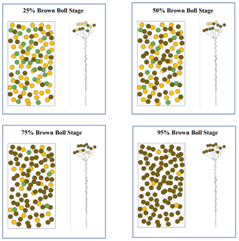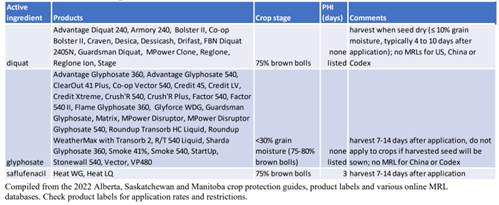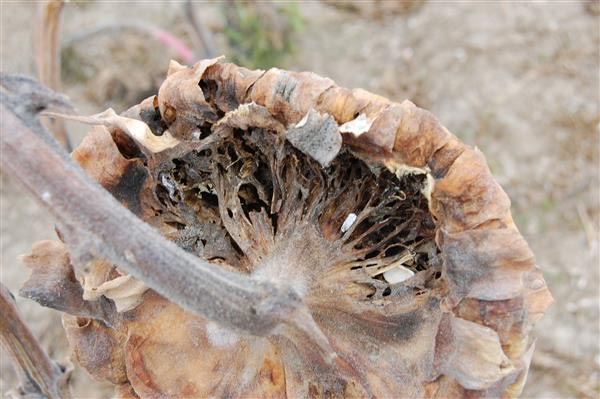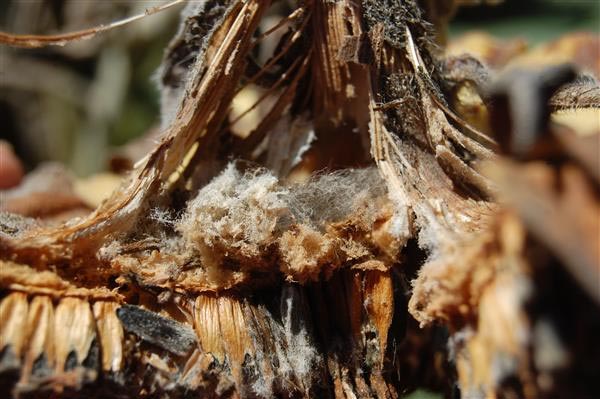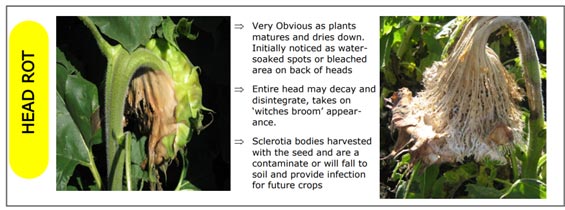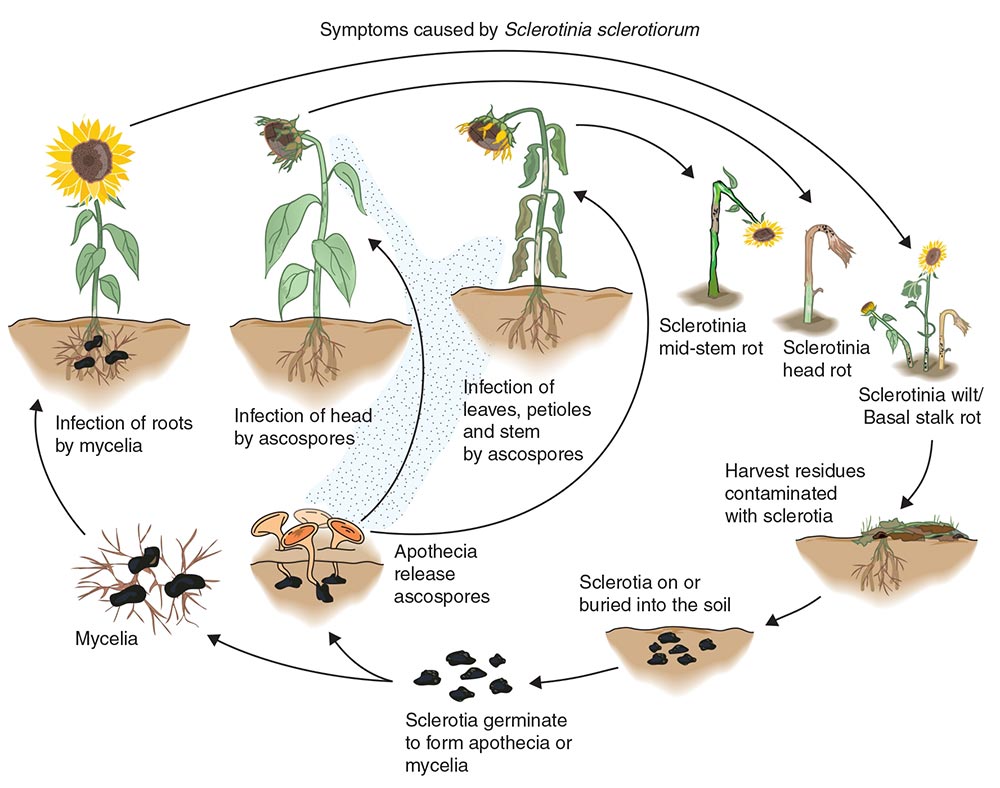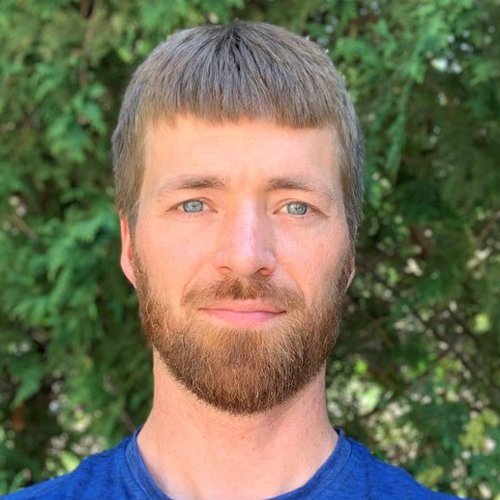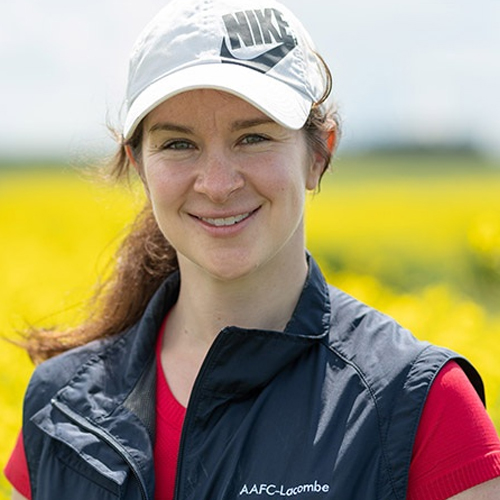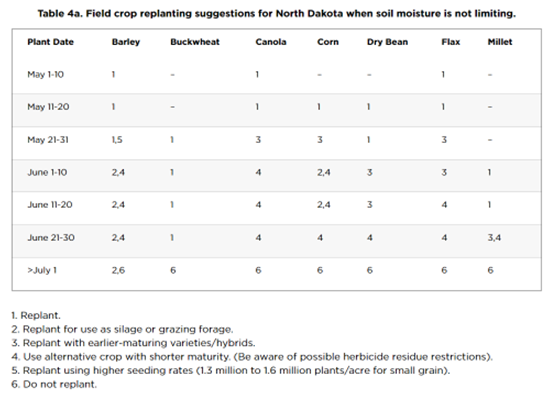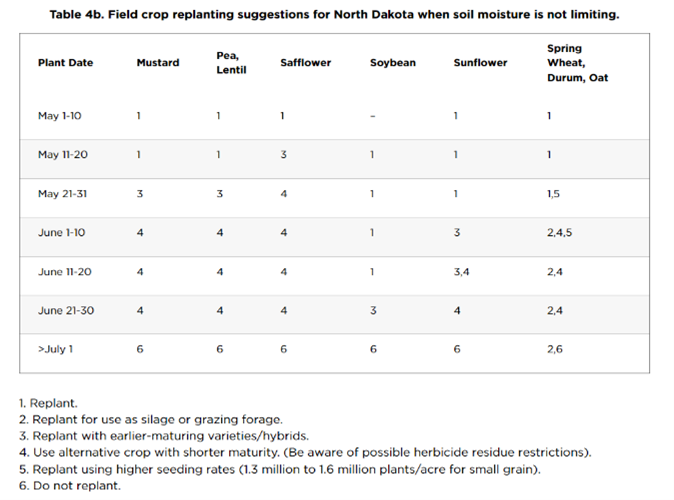Matthew Bakker is an assistant professor in the Department of Microbiology at the University of Manitoba (UM). Bakker grew up in Winnipeg and completed his undergraduate degree in environmental studies and biology at Dordt University in Iowa. Working as a lab technician for a company that produces biological control products triggered an interest in research, and he went on to earn a doctorate in plant pathology at the University of Minnesota. Bakker lives outside Winnipeg with his wife and three daughters.
Where did you work before the UM?
I completed my post-PhD training at Colorado State University and then worked as a research scientist at the U.S. Department of Agriculture before I joined the UM just over three years ago.
What got you interested in this area of work?
I’ve been interested in agriculture and its impacts on the environment for a long time. Nothing we do to the world has as big of an impact on it as agriculture does. When I decided to go to graduate school, I wanted to work with a specific supervisor (Dr. Linda Kinkel, University of Minnesota) so I went into plant pathology so she could mentor me. Plant pathology is a fascinating field and a really important one. Disease is a major limitation on agricultural production and there is a lot of wasted effort and wasted production because of it. If we can reduce that disease in one way or another, we can have a real impact on society. It’s a meaningful and fun field to work in.
Tell us a bit about what you’re working on at the UM.
I lead a research group and work one-on-one with five graduate students, as well as various undergraduates that rotate through the lab. The focus of most of our research is Fusarium. We are currently in the second year collecting data for a project called Examining Fusarium growth and interactions with barley trichomes under the hull, which is supported by Manitoba Crop Alliance (MCA), together with SaskBarley. The idea of this research was, looking forward, how do we better manage Fusarium head blight or prevent damage from the mycotoxin that is involved with that disease? I really think plant breeding is the most effective and economical approach. In that case, as a microbiologist, how can I support the breeding programs with new information or new targets for selection?
In talking with the barley breeders at Agriculture and Agri-Food Canada (AAFC) in Brandon, we came up with a question that seemed worth exploring: are there morphological features on barley that make it more or less susceptible to Fusarium colonizing it successfully? There were a few indications in the scientific literature that the trichomes of barley plants provide opportunities for Fusarium, such as by trapping their spores and making it less likely that they wash off the plant. We thought we should look at this characteristic more closely, so that if it does seem significant, the breeding program can try to change that trait in the plant. We are using high-power microscopes to characterize these trichomes in a number of barley lines and are inoculating Fusarium onto these tissues to see whether its growth relates to the trichomes in some way. We are working to determine if this trait is part of the plant that we should aim to manipulate to get better Fusarium resistance.
Another project supported by MCA (together with the Manitoba Pulse & Soybean Growers through the Canadian Agricultural Partnership program) is Achieving full integration of microbiology into assessments of soil health in Manitoba. The idea behind this research is that we want to understand how agricultural management impacts the microbiology of soils, and how might that in turn impact future productivity or disease risk.
This research is an add-on to a larger project run by AAFC where they are doing the field manipulations and measuring impacts on chemical and physical soil properties, but they weren’t addressing the biology. I saw this as an opportunity to add an assessment onto their experiment, to understand what’s happening with the bacteria and fungi in these soils in response to different management practices. This will let us make a more holistic assessment of the impacts of these management practices on soils. We want to get a better understanding of our Manitoba soils and how management practices affect soil biology in addition to the chemistry and physics.
I also teach two courses: Microbes in Our Environment, and Introduction to Biogeochemistry, which is tracing the movement of elements like nitrogen and phosphorus through the environment, looking particularly at how the action of microorganisms changes the chemical form or influences the movement of elements.
What can you say about the value of farmers providing funding and support to your organization?
It’s been really critical to be able to figure out what are the meaningful questions to ask and what is going to have an impact on society. Having support from the farmers has really helped with that. I’d like to express my gratitude to farmers for entrusting me with some of their research dollars and to say that I am always open to hearing from them about what their priorities are in terms of research needs.
How does that farmer funding and support directly benefit farmers?
We are using those funds to ask questions that are intended to meet farmers’ needs. I’d like to repeat that I am always open to hear from people what their priorities are in terms of research needs, especially in relation to my expertise, diseases of cereal crops and soil microbiology. Our research is really intended to serve farmers. Ultimately, our research should result in farmers experiencing fewer losses to disease.
This funding also provides the resources for me to support additional students training as microbiologists that I wouldn’t be able to otherwise. Having these highly qualified trainees who understand plant diseases and how to do research is going to serve the agricultural community over time.
How do you spend your time outside of work?
My family keeps me busy! We are currently working at some home renovations.
What gets you most excited about your work?
The chance to understand better and learn something new about the living world, which I think is endlessly fascinating. Having lived in various other places and done research, the agricultural scene in Manitoba is really fun. I love the diversity of cropping systems that we have here, and I hope it continues to be a feature of our agricultural system in the future.
What is the best piece of advice you’ve received?
The idea that most of what is required to do good research is persistence, which isn’t complicated: you just have to keep on going.
Follow @Bakker_Lab on Twitter!
Head to www.nserc-crsng.gc.ca/ScienceExposed to view the Science Exposed photo contest. Vote for your favourite research image from this year’s selection to help determine the 2022 People’s Choice Award!


